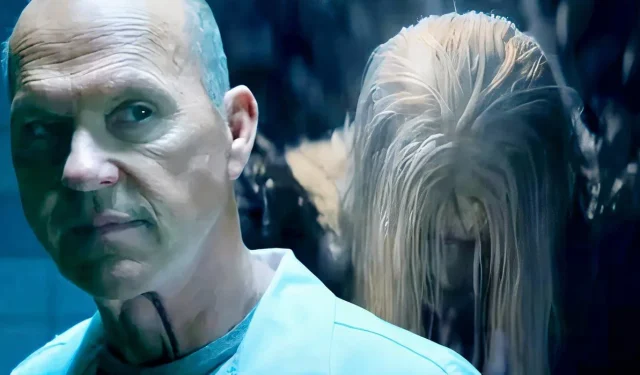
The conclusion of Sony’s Spider-Man Universe (SSU) is a source of disappointment for many fans, given the potential for groundbreaking narratives that seem just out of reach. This franchise, which has experienced quite a tumultuous journey, appeared to be on the cusp of revealing its most captivating stories before its abrupt halt. As the SSU began to lay the foundational elements for two particularly intriguing arcs, its premature demise leaves a wealth of tantalizing possibilities unexplored.
Starting with the bold introduction of Tom Hardy’s Venom in 2018, Sony’s venture into the superhero genre was ambitious, despite not delivering a flawless product. Venom’s success at the box office paved the way for sequels, including Venom: Let There Be Carnage (2021) and extensions like Morbius (2022) and the upcoming Kraven the Hunter. Nonetheless, an overarching narrative structure failed to emerge, as each installment often felt disjointed, with storylines that didn’t cohesively interlink, thereby hampering character development beyond their basic origins.
Untapped Narratives in the SSU
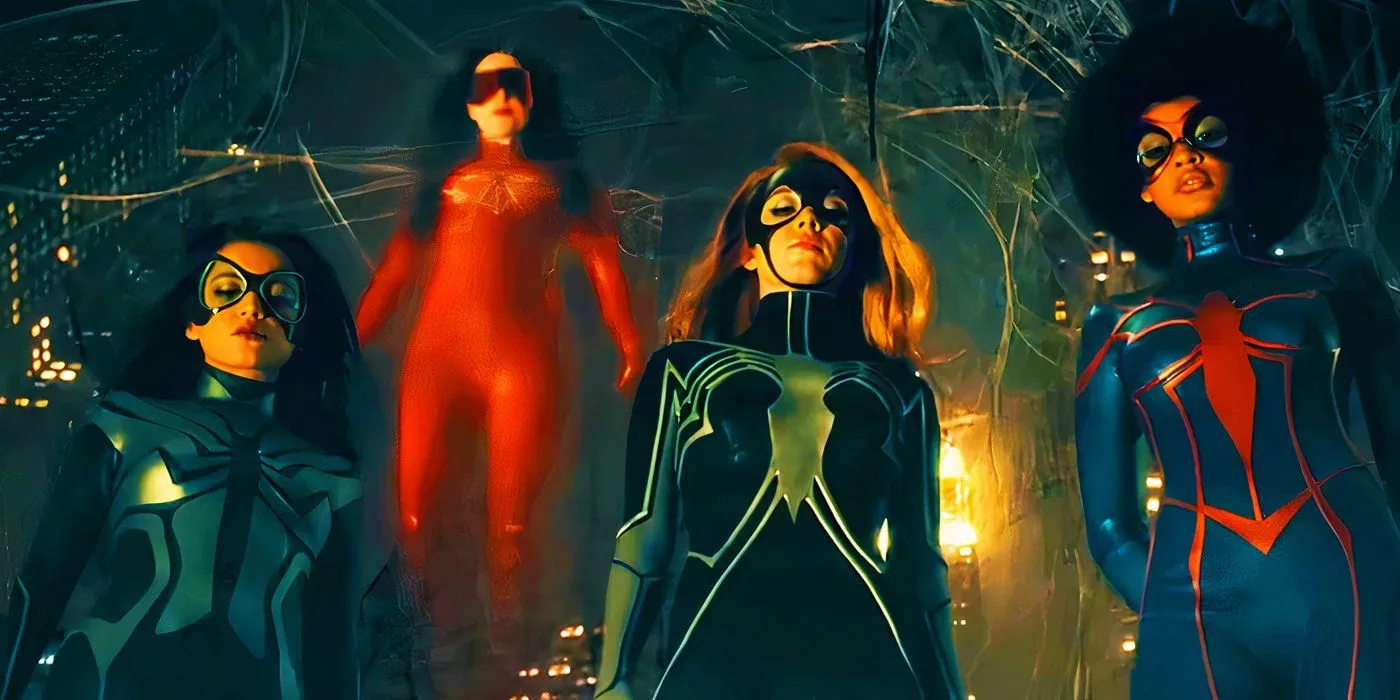
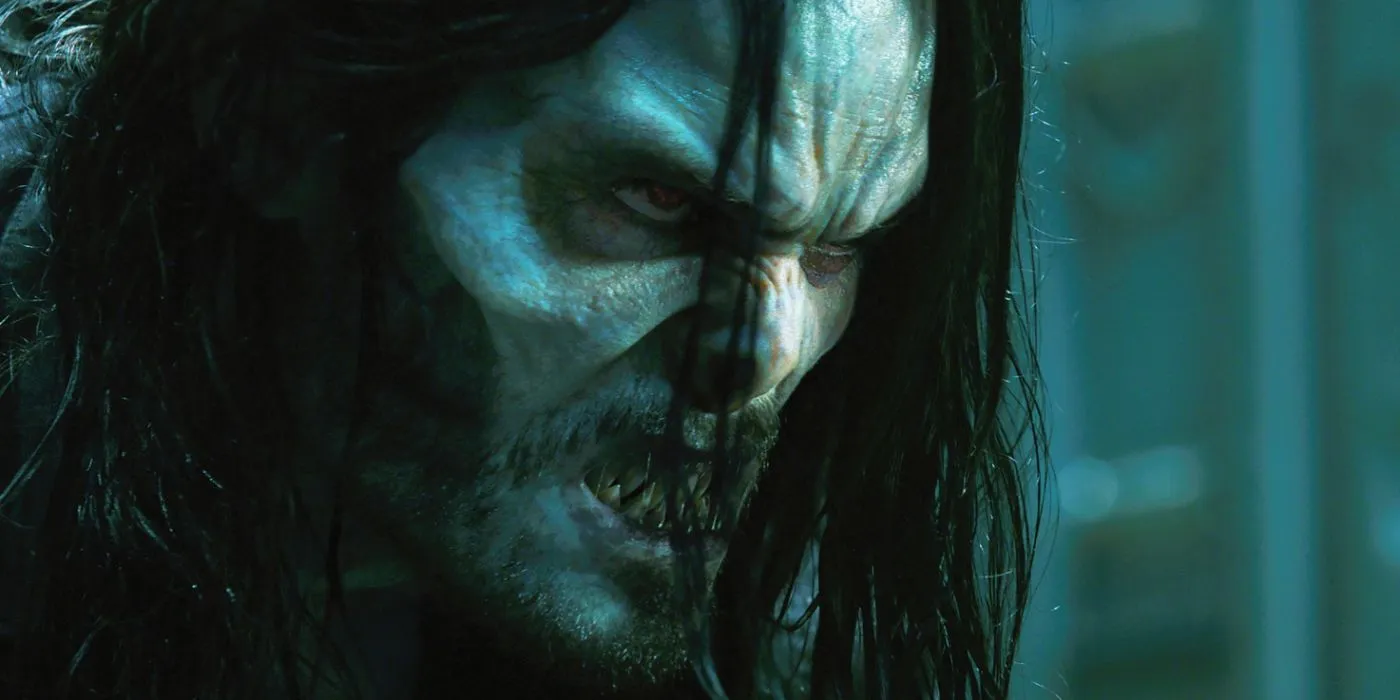
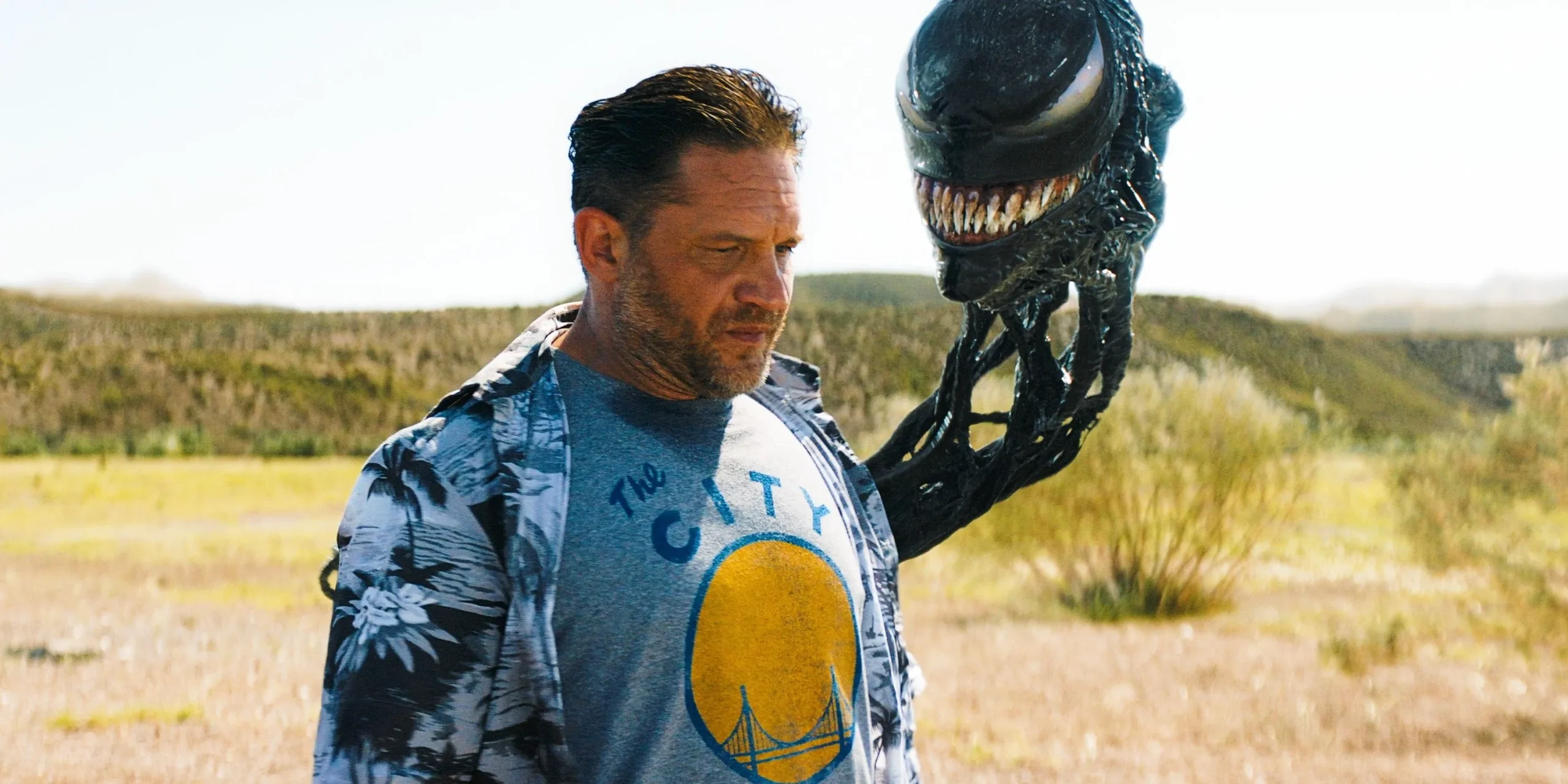
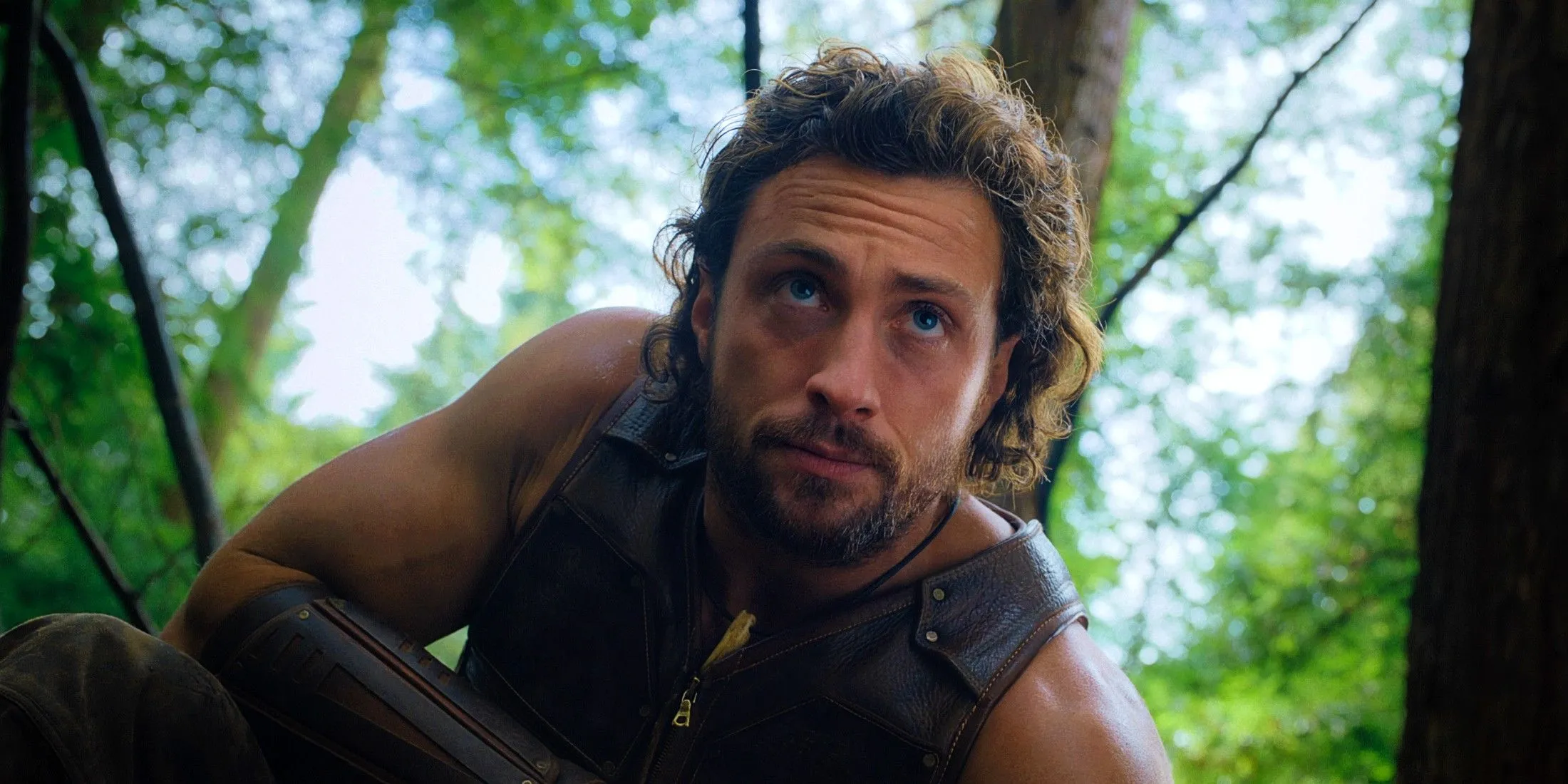
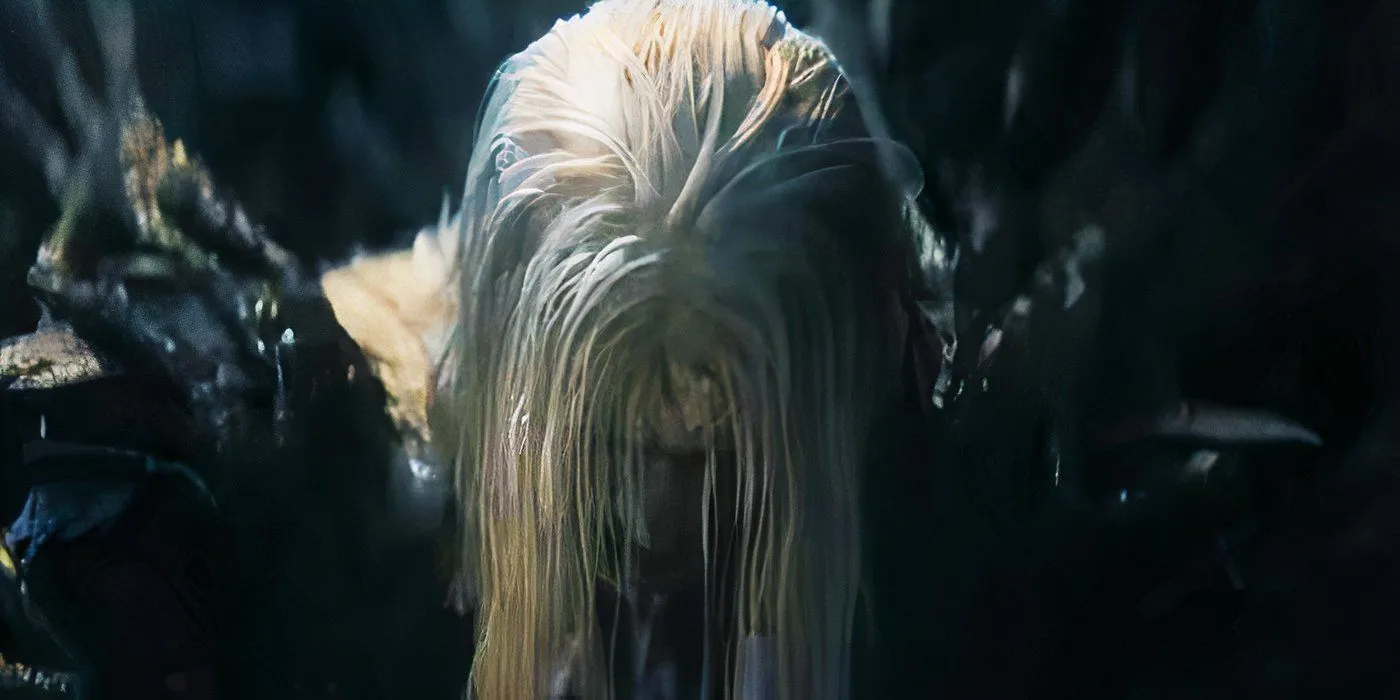
A significant source of frustration within the SSU was its emphasis on merely hinting at grand storylines rather than actualizing them. Each film seemed to allocate considerable resources to establishing threads for narratives that were tantalizingly out of reach. For instance, Venom: Let There Be Carnage briefly touched upon the expansive symbiote lore, alluding to connections with Knull, yet failing to delve into this intriguing storyline.
The prospect of Knull’s Earth invasion, which could have elevated the franchise to cosmic heights and linked various aspects of the SSU, sadly remains an unresolved plot point. Likewise, Morbius included a perplexing post-credits scene that hinted at the formation of the infamous Sinister Six, raising hopes for a villain-centric ensemble film, yet this too was never fully explored. A Sinister Six movie could have brought together iconic characters such as Venom, Morbius, Kraven, and even Michael Keaton’s Vulture, thus creating a formidable counterpart to the MCU’s Avengers. Unfortunately, instead of harnessing this rich narrative terrain, the SSU succumbed to an endless cycle of origin stories without advancing into the epic plots many were eager to see.
Potential Narratives Left Untold
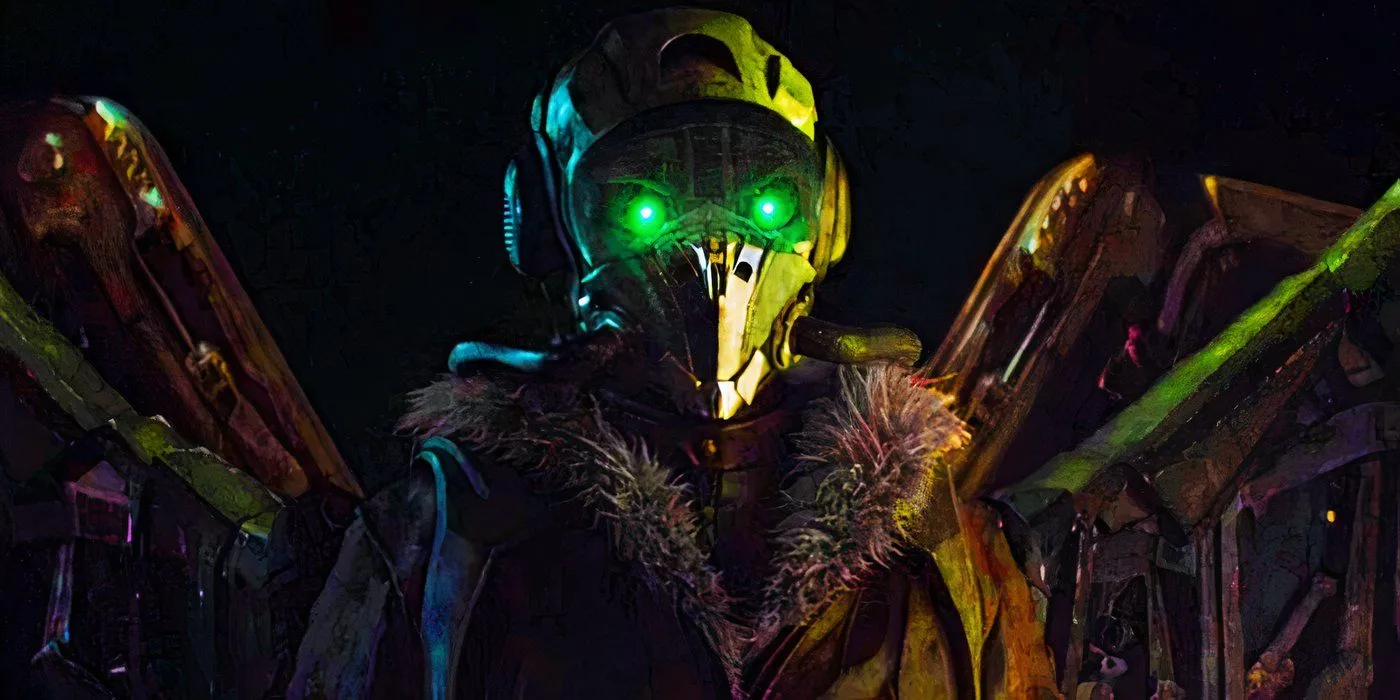
The most impactful narratives within the SSU were clearly intended for future films, particularly when analyzing the trajectory of the Venom trilogy. The initial two installments presented entertaining storylines that primarily served as a setup for what was to come. Venom: The Last Dance was indicative of this arc, hinting at the series truly beginning to find its footing.
Several compelling storylines awaited in potential follow-up films. A sequel to Kraven the Hunter could have explored the character’s morally intricate understanding of justice, while a continuation featuring Morbius might have corrected its initial missteps and better entwined its lead into the SSU universe. These narratives had the potential to transition the franchise from mere setup to meaningful payoff, showcasing the depth of storytelling hinted at in previous films. Alas, the unforeseen closure of the SSU means these captivating plots will remain untold.
An Identity Crisis for the SSU
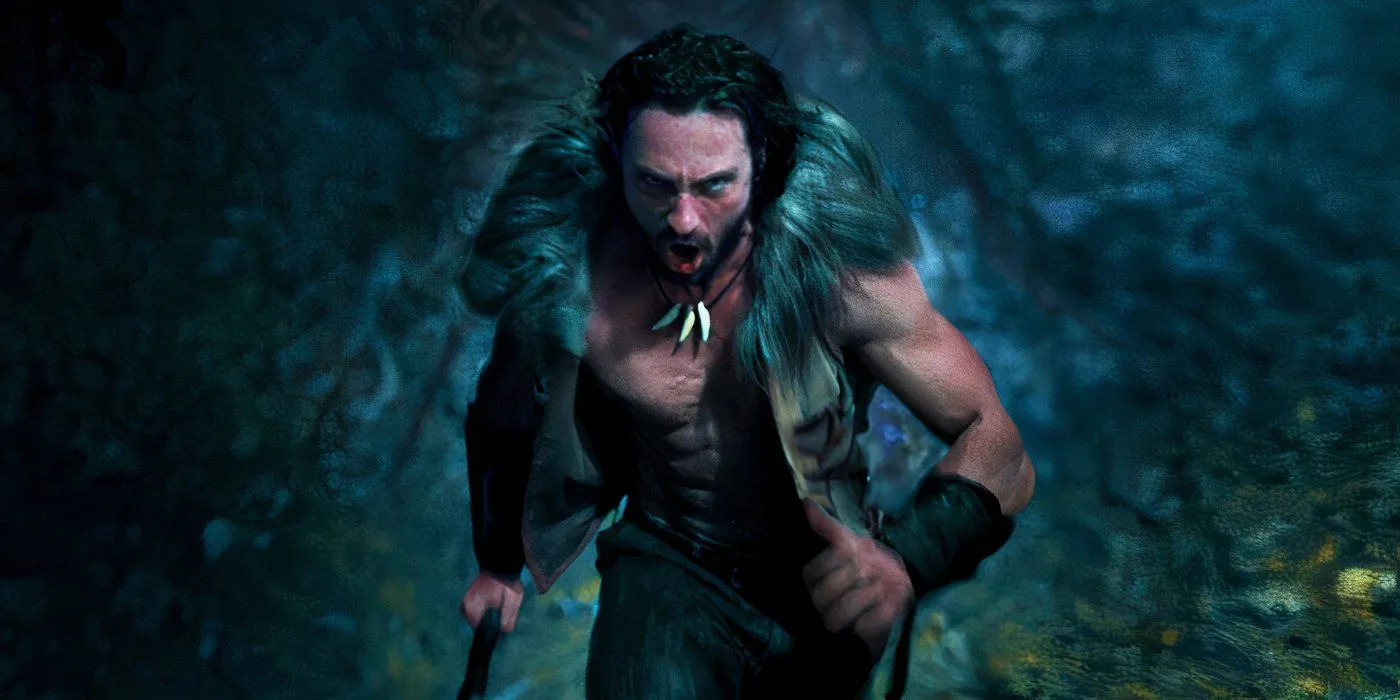
A critical misstep within the SSU has been its apparent failure to comprehend its own identity. Though the franchise was ostensibly centered on Spider-Man’s array of villains, it missed the opportunity to fully embrace what makes these characters unique. Rather than portraying these figures as antagonists, the SSU often repositioned leads as sympathetic antiheroes. While this approach resonated with some audiences in Venom’s case, it felt contrived in others, particularly with Morbius and Kraven.
Transforming villains into protagonists diluted the darker, morally ambiguous allure that characterizes Spider-Man’s rogues’ gallery. The films often functioned independently, lacking synergy and a unified climax. In contrast to the Marvel Cinematic Universe’s meticulous world-building, the SSU’s narratives appeared fragmented, as if they were in competition rather than collaboration.
Moreover, the glaring absence of Spider-Man himself left the franchise without a grounding figure, undermining its villain-focused concept. The SSU’s struggle to define its narrative without the web-slinger at its core ultimately contributed to its lack of cohesion. This failure to capitalize on established potential compounded by an inclination for unfulfilled setup points highlights the disappointment surrounding the franchise’s unexpected end.
Remnants of greatness linger throughout the SSU, scattered like elusive clues. Yet without the opportunity to piece them together, we are left contemplating the narratives that might have unfolded had the SSU had the chance to fully realize its aspirations.




Leave a Reply ▼